According to Vogue, personalised jewellery is one of this year’s most popular jewellery trends – making a gift even more meaningful.
We think that birthstones are a brilliant way of adding a personal touch to any jewellery piece. You could even incorporate multiple birthstones into one design to symbolise loved ones or your children’s birthdays.
So let’s take a closer look at each month’s beautiful birthstones!
Birthstones
- January: garnet
- February: amethyst
- March: aquamarine
- April: diamond
- May: emerald
- June: alexandrite, pearl & moonstone
- July: ruby
- August: peridot, spinel & sardonyx
- September: sapphire
- October: opal & tourmaline
- November: topaz & citrine
- December: tanzanite, turquoise & zircon
January: garnet
Garnet is most commonly recognised for its rich, deep red properties, yet in fact you can actually find it in a whole spectrum of colours ranging from yellow, orange and brown, to purple, pink and even green. Some garnets will even change colour as the light changes!
Garnet is said to have been used since the Bronze Ages. Its name comes from the Latin word garanatus which means ‘seed-like’. Along with its typical red colour, this is why garnet is often associated with pomegranate seeds. Today, garnet is said to bring positivity, health and romance to those who wear it.

February: amethyst
February’s birthstone has an interesting history. Amethyst has long been associated with royalty and those of wealth, but in Greek its name relates to intoxication and it was a common myth that wearing amethyst would protect you from drunkenness (the myth has since been dispelled – sorry everyone!). These days, amethyst is often associated with relieving stress and anxiety.
Amethyst is part of the quartz family and comes in a stunning, vibrant purple colour. It has a particular colour zoning knows as ‘tiger’ or ‘zebra’ stripes which allows for its identification.

March: aquamarine
If you were born in March, you have the beautiful aquamarine as your modern birthstone. As its name suggests (it translates as ‘sea water’ in Latin), aquamarine has a wonderful maritime history. It’s a modern birthstone that’s renowned for its crystal clear blue or blue/green colour, and was once carried by seafarers who believed this beautiful gem would protect them from the harsh seas.
Even today, aquamarine is associated with the cleansing energy of water, representing tranquility, serenity, clarity, and harmony.

April: diamond
If you’re born in April, lucky you! Your birthstone is the most treasured and desired gemstone of them all – the sparkling diamond. This stunning stone has been cherished for thousands of years. In fact, it’s estimated that diamonds were first found in 4th century BC in India.
One of the diamond’s most unique qualities is its hardness. Its name originates from a Greek word meaning invincible and it’s so tough that only another diamond can cut it! Don’t be fooled, though – whilst it’s difficult to cut, it’s actually really easy to break as it has what’s called perfect cleavage (yes, really!).
Diamond polishes really well because of its hardness – that gives it its adamantine lustre and brilliance. You’ll most likely see diamonds in a clear, colourless form but they do actually come in a wide variety of remarkable colours too.

May: emerald
May’s birthstone is arguably the most striking: the emerald. This rare, stunning stone was famously admired by Cleopatra and is found in a bold, vivid green colour. It symbolises loyalty and rebirth, and was historically believed to be a revealer of truths.
Emerald is one stone where mother nature’s natural inclusions are acceptable – the vast majority of natural emeralds have inclusions (like the ones in this ring).
There’s evidence that emeralds were first mined in 330 BC in Egypt, with experts suggesting that the oldest emeralds could be nearly 3 billion years old!
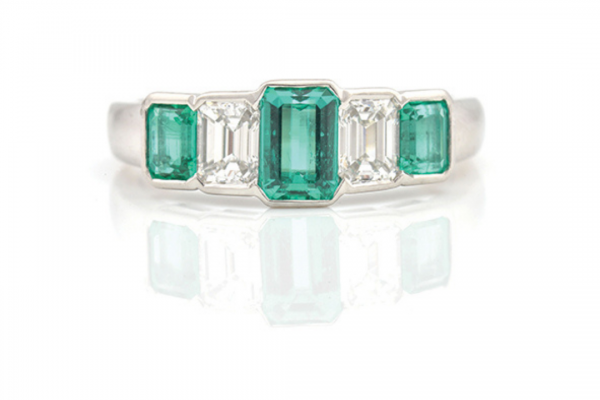
June: alexandrite, pearl & moonstone
Those celebrating birthdays in July will be spoilt for choice as they have the option of three birthstones: alexandrite, pearl and moonstone.
Let’s start by describing the modern yet incredibly rare gemstone alexandrite. It was first discovered in Russia during the 19th century and was named after Alexander II, a Russian czar. Its unique and fascinating colour – which can fluctuate between red and green depending on lighting – mirrored imperial Russia’s military colours.
The traditional birthstone pearl is the only gemstone that comes from a living creature, the oyster. It takes years for pearls to develop their lustre and colour tint, so finding matching colours for a natural pearl necklace can also take years! putting together a matching set can also take years! Pearls are classic and timeless, seen to symbolise purity and innocence.
In some countries moonstone is considered a popular June birthstone, too. As its name suggests, its colouring tends to have a moon-like tint to it yet its body colour can range from pink, green, brown or even black. Unsurprisingly, over the course of its history it’s been heavily associated with the moon.

July: ruby
One of the most eye-catching and popular gemstones, ruby is a variety of corundum which gets its vibrant red shading from the element chromium.
Its name originates from the Latin word ruber, meaning red, and it’s often seen to symbolise love and passion. Rubies have a widespread history and have been cherished by many cultures, including being celebrated in the Bible.
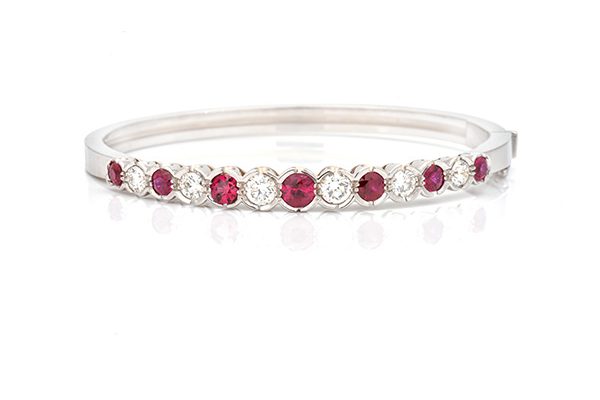
August: peridot, spinel & sardonyx
August’s modern birthstone is the highly prized peridot. This stone comes in a beautiful lime green colour, which can vary slightly depending on the concentration of iron. In fact, ancient Romans often referred to it as the ‘evening emerald’ and it’s easy to see why. It’s suggested that ancient Egyptians were the first to mine this stone, which is formed in the earth’s mantle.
Spinel is August’s newcomer – joining the list in 2016. It comes in a whole rainbow of colours, making it a great contender for any jewellery piece.
Sardonyx is August’s traditional birthstone. This type of stone has very unique, earthy colouring which is made up of the stones sard and onyx – hence its name sardonyx. Because of its unique structure, it’s been used throughout history as a stone to carve cameos or intaglios.
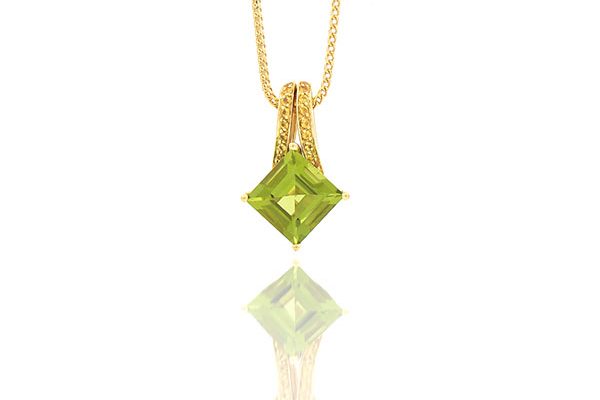
September: sapphire
A relative of the ruby, July’s gemstone, sapphire is another variety of corundum which is most commonly found in a vibrant blue. It can, in fact, come in an array of other beautiful colours – the only colour you won’t find is red as this specifically relates to the ruby.
For centuries, the sapphire has been adored by various cultures and has often been seen as a sign of royalty, wisdom and nobility.
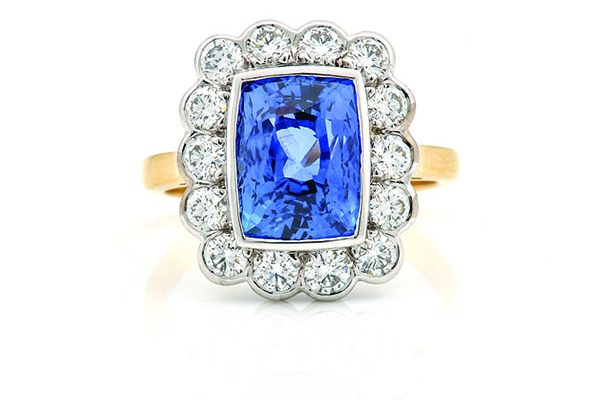
October: opal & tourmaline
Tourmaline is October’s modern birthstone and it comes in a dazzling array of colours – you’ll often see multiple colours within one stone! Because of all these colours, tourmaline used to be mistaken for other gemstones, so we’re not certain of its origins.
Different colours of tourmaline are seen to have different sorts of healing properties, such as green tourmaline promoting courage and pink tourmaline associated with love and compassion.
Opal is October’s traditional birthstone and is strongly linked to Australia – around 95% of the world’s opal is mined there! It comes in two forms: common and precious. Both come in a wide spectrum of colours but the precious opal is highly valued for its magnificent colour display, known as ‘play-of-colour’.

November: topaz & citrine
Those born in November have two beautiful choices of birthstone: topaz or citrine. Topaz is thought to have first been discovered in 1737 over in Germany. It can be found in a wide selection of colours, making it an extremely versatile stone for any jewellery piece. Colour varieties include blue, yellow, pink and red (although this is considered very rare).
Topaz and citrine have often been confused with one another but citrine comes in gorgeous shades of yellow and has been used in jewellery making for centuries, becoming very popular in the early 20th century.

December: tanzanite, turquoise & zircon
Another month with three birthstones to choose from!
Tanzanite is named after its country of origin Tanzania where it was first discovered in the 20th century. Its eye-catching colour, ranging from shades of blue to purple, makes it a popular jewellery choice.
Turquoise is a stunning gemstone with striking blue–green colouring, often with streaks of beautiful marbling. It’s considered to be one of the oldest gemstones and has been admired by cultures around the world for thousands of years.
Zircon has many colour palettes, ranging from reds and oranges through to blues and greens – it can even be clear, but blue is said to be the ‘official’ colour for December.
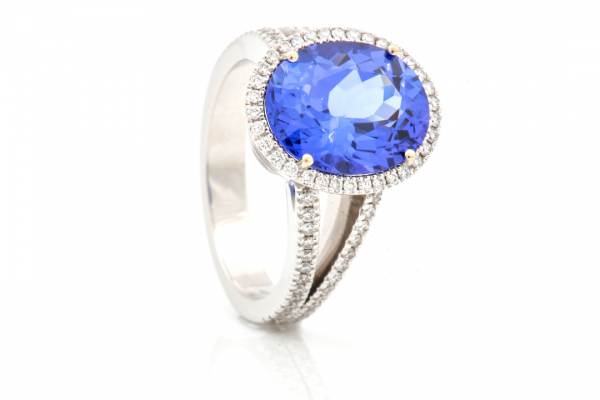
Find (or design) your dream jewellery with Christopher Evans
Are you looking for a particular birthstone? Perhaps you want to create something unique for a special occasion, or perhaps you’re simply shopping for a last minute gift. No matter what, we’re here to help! We’re a knowledgeable, friendly team (Nicky is even a certified gemologist!) and we’d love to help you find or design that special something.
If you’re thinking of designing something new, take a look at our bespoke jewellery process and when you’re ready to begin designing, give us a call. Or simply drop in to one of our showrooms and let us help you find something! Hope to see you soon.


